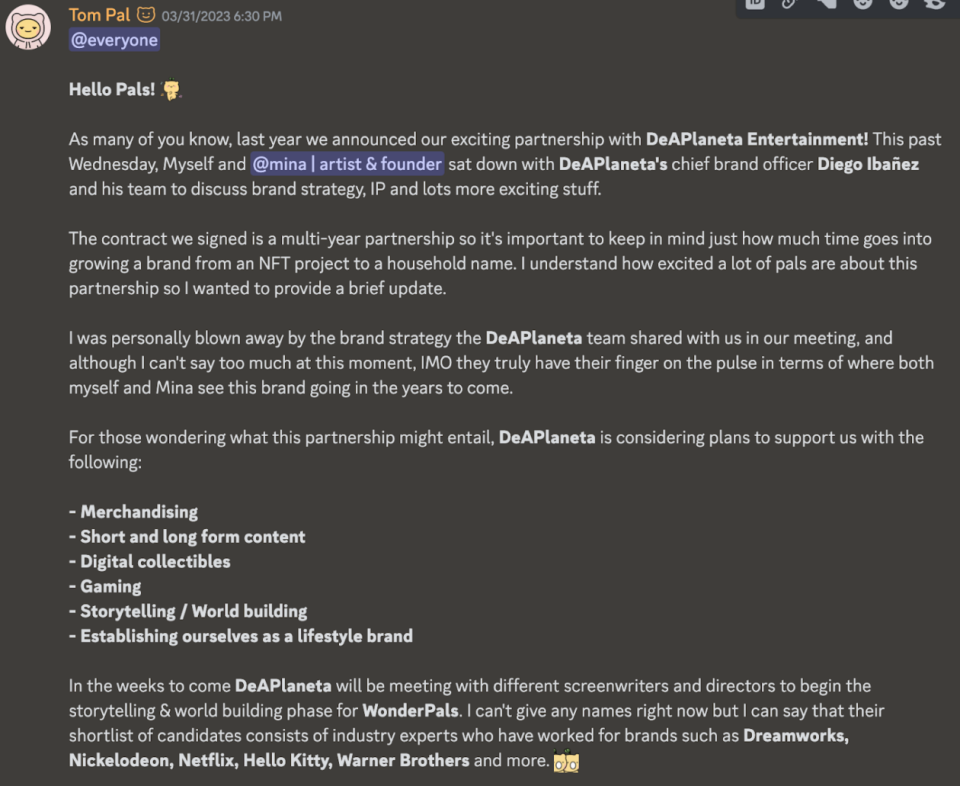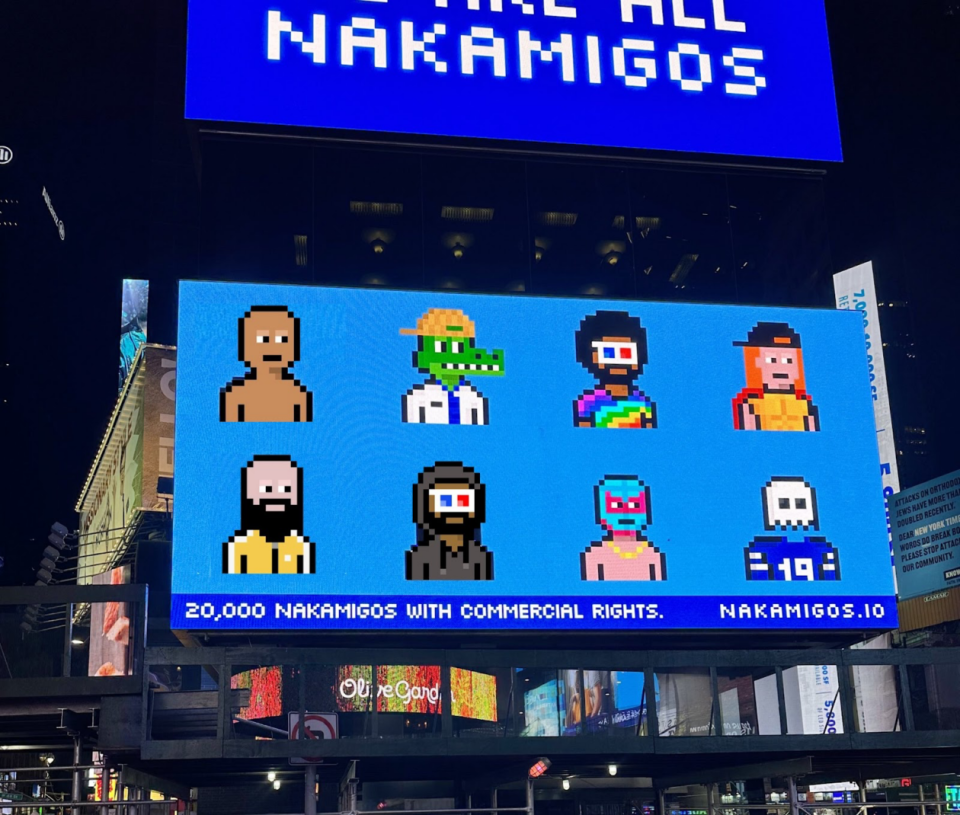Why I’m excited about commercial IP NFTs

While I had a Creative Commons Zero PFP for a while (an Mfer) pictured here:

I sold and wrote it at one satoshi (one millionth of a Bitcoin) and under 100,000 inscription number (#75499). Since the ordinal theory uses sequential numbers, the lower the number, the more desirable, so I sold my Mfer on Ether and used the funds to enter the same image with a slight modification on Bitcoin using the gamma.io market at the time.
I could have done this because Mfers is on one CC0 license and that means I have the right to use the image in any way I want because the creator of the art waived all copyright protection on the art and put it in the public domain. In fact, everyone Mfers is CC0, so I don’t even need to own the non-fungible tokens (NFT) to use any image in the entire collection. So in theory I could right click and save any image in the collection and use it however I want. I could put one of the rarest ones on a t-shirt and sell it if I wanted to.
The creator of Mfers (Sartoshi) did this to propagate the art into the mind space of anyone and everyone who wanted to experiment with the brand. In this little world we live in, the corner of NFTs, in my opinion, getting your brand to multiply and grow is a genius move. The number of derivative collections using Mfer art exploded as a result. Creyzies is the “official” derivative, but there are at least 20 more. This is especially the case if the art is simple and iconic because it gives other creative people in the room a canvas to use the art to build on.
On the other hand, CryptoPunks, Bored Apes, Nakamigos and Wonderpals have a commercial IP license which means ONLY the owner of the NFT can use the art associated with the NFT they own. They can sell items commercially or use the image to represent their brand.
As a CMO, I understand why this is important. However, it only works for the winners in the PFP area. For every 1,000 PFPs with commercial licenses to the art, perhaps only 5 are recognizable, desirable, and branded as a viable commercial opportunity with mass appeal.
Those who make this top 5, even top 10, have a very exciting future. For example, Wonderpals hired a company whose strength is creating internationally appealing household names, and here’s a screenshot of an announcement in their Discord.

How can that not be exciting for the NFT holder?
The latest Nakamigos collection went out of their way to include the CC0 native Mfer community in their coin, but made it a point in their marketing to claim that commercial rights for the holder are intact.

I have also seen Boring monkeys use their monkeys commercially as well. Like a coffee brand, consultancy and even a fast food franchise.
If the Web3 community creates the brands that the future generation will trust and interact with, and ultimately buy from, then these silly PFPs that we thought of as a waste of time are potentially valuable and exciting to own.
The PFP environments of the winning brands suddenly become a decentralized thinking hybrid company, if they properly leverage and manage their brand.
For me it’s exciting, and I have a feeling that others feel the same.
Have a great weekend and hit the grass…
It’s spring and it’s glorious!
(The author of this comment owns several Wonderpals and Nakamigo’s NFTs)


